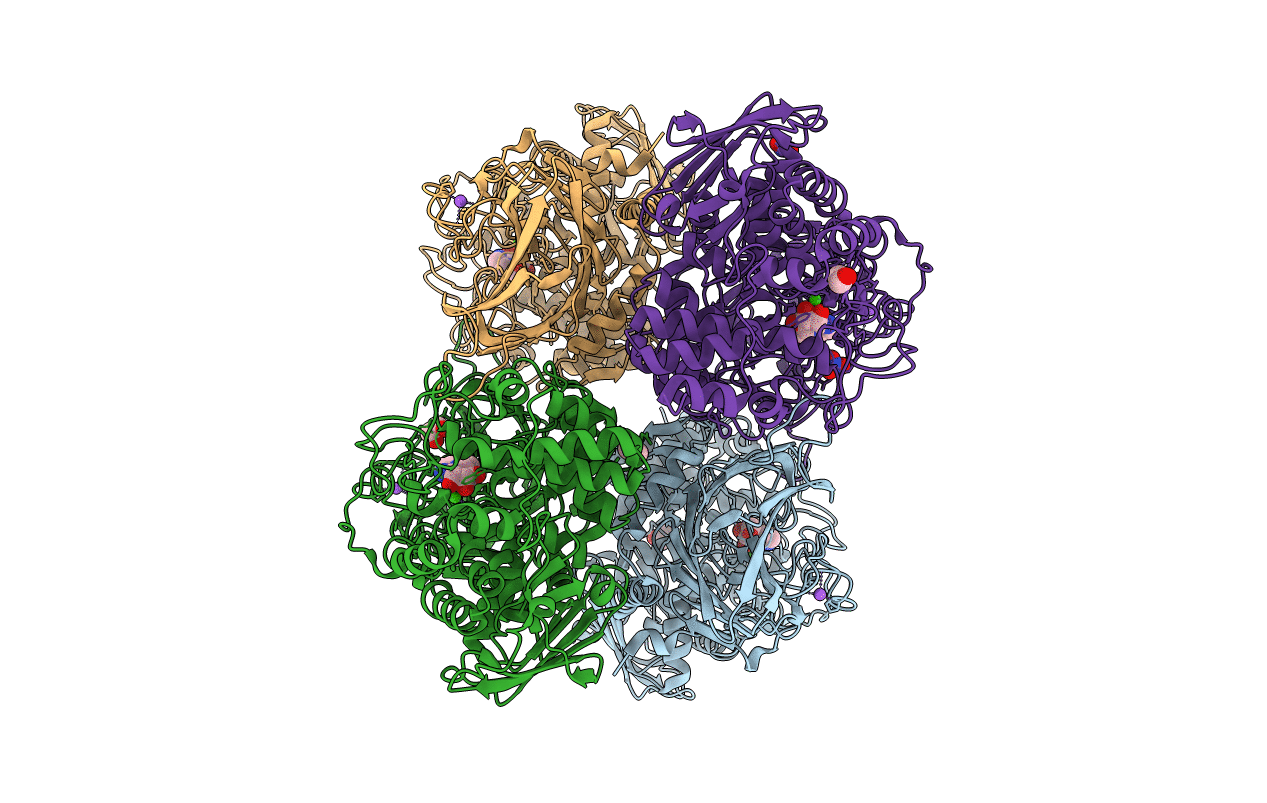
Deposition Date
2017-12-13
Release Date
2018-05-02
Last Version Date
2024-01-17
Entry Detail
PDB ID:
6F92
Keywords:
Title:
Structure of the family GH92 alpha-mannosidase BT3965 from Bacteroides thetaiotaomicron in complex with Mannoimidazole (ManI)
Biological Source:
Source Organism:
Bacteroides thetaiotaomicron (Taxon ID: 818)
Host Organism:
Method Details:
Experimental Method:
Resolution:
1.90 Å
R-Value Free:
0.20
R-Value Work:
0.17
R-Value Observed:
0.17
Space Group:
P 1 21 1


